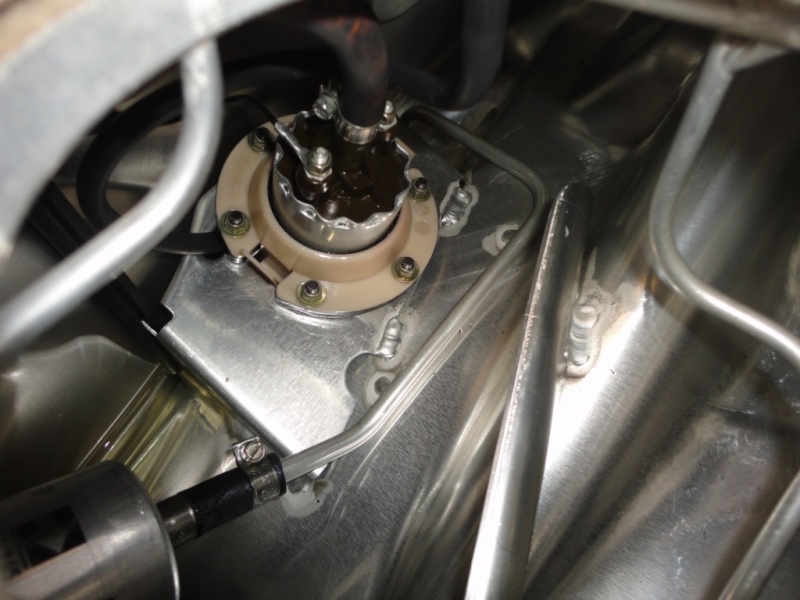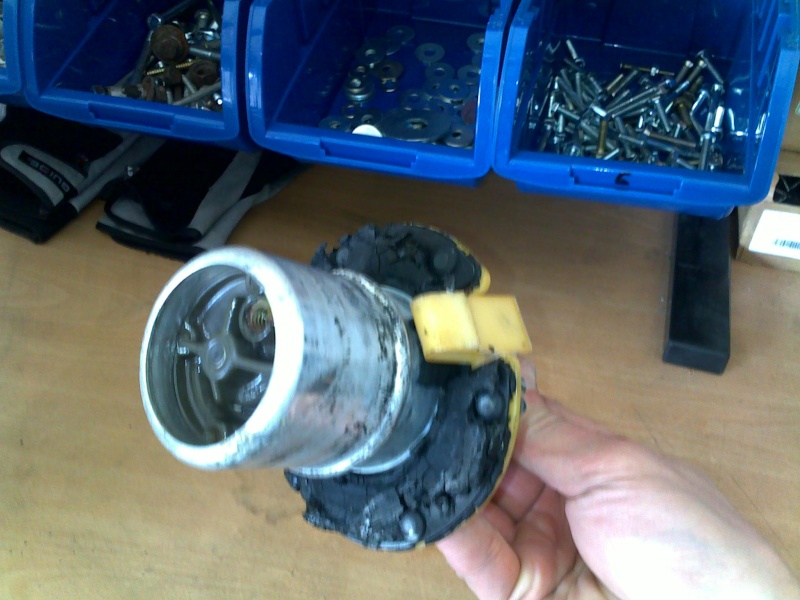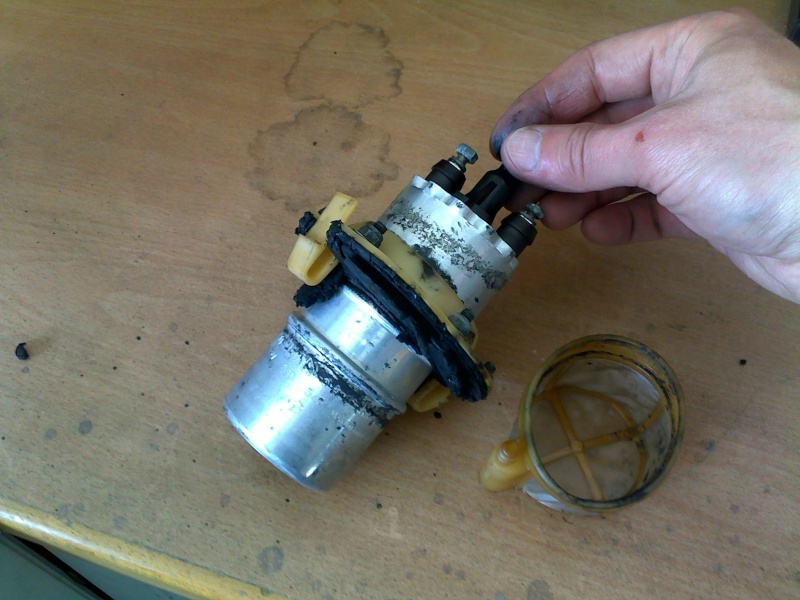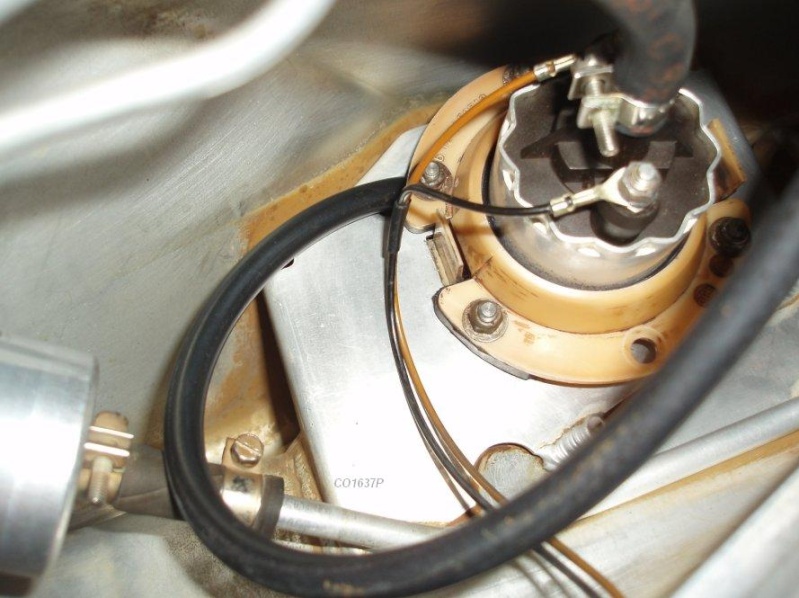1

 Photos from inside the fuel tank Fri Mar 29, 2013 10:03 am
Photos from inside the fuel tank Fri Mar 29, 2013 10:03 am
MT350Explorer
Life time member

Not really a 'How to' but a couple of reference photos from inside the fuel tank I took when I changed the fuel filter today. Might come in useful to someone going in there for the first time. This is a 16 valve tank, but think it is much the same as other K's?
Looking towards the rear of the tank, fuel filter on the right

Looking forward, fuel filter bottom left and fuel pump top left

Cheers
Dave
Looking towards the rear of the tank, fuel filter on the right

Looking forward, fuel filter bottom left and fuel pump top left

Cheers
Dave
__________________________________________________
1991 K100 RS 16 valve






















 1986 k75, 1985 K100rt,
1986 k75, 1985 K100rt, 












